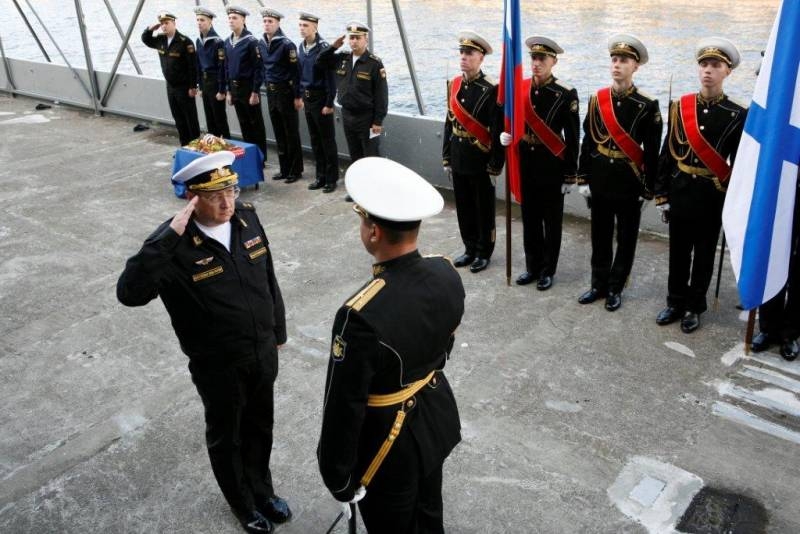
Sailing as one of the oldest occupations of the human race over the millennia managed to generate a great many purely specific concepts and terms.. Especially a large number of them relate to units of measurement of distance and speed, used exclusively by sailors and for people “land”, usually, obscure. For example - kabeltov. How much it? And what is the origin of such a concept?
The term "cable", which today belongs to the naval, originates from a connecting cable, with the help of which ships were moored to the shore or towed. In this case, not all rope was meant, which will fall under the arm of the sea wolves. In the Navy, for a long time, all important parts of ship equipment were subject to strict unification.. And therefore kabeltov is, first of all, rope from 6 to 13 inches in circumference (152-330 mm), having a diameter in 50-100 mm. Well, and correspondingly, distance measure, which could be measured by the length of this very rope.
The word has etymology, likely, french (cable), going back to the Latin sarulum (arkan). The directly available pronunciation is from Dutch cable rope – towing rope.
from, as the experts say comparatively, the French, who were not too successful in the naval business, borrowed it from the Netherlands. These were sailors anywhere, they became famous all over the world for their travels and geographical discoveries. From them in the era of Peter the Great, which created the Russian fleet in many respects on the Dutch model, moved the term “cable” and in everyday life of Russian sailors.
Need to mark, that the use of the term is rather narrow - they mark the path not traveled by the ship (for this, as is known, nautical miles are used), and the distance between the vessels during their placement by a certain order, when sailing together or placing in the roadstead. Or the distance from the ship to the nearest coast - that is, segments that are not too long in size.
The concept of "cables", for all its versatility, does not always express the same value and needs to be clarified. The most used international cables in the world, one tenth of a nautical mile, or 6 arc seconds of the meridian. In the values we are accustomed to, this is 185,2 m. Artillery cables are also generally recognized, equal to one hundred fathoms or 6 hundreds of feet. For "land users" the difference between these two cables is 3-4 m.
It would be strange, if the "enlightened sailors" from Britain had not had their special opinion on this issue, as well as their overseas heirs and descendants. Brits and Americans have their own cables. Moreover, the British pompously call their "admiral", it differs from the same artillery by 8 feet or a little more 3 m. "The old cable of the USA" is more than any other - it contains 120 fathoms and, respectively, 720 feet or nearly 220 m. However, both Anglo-Saxon naval measures of length mentioned above have long been considered obsolete. They belong rather to the exotic archaic and are used by few people and when they are used today..
In conclusion, it is worth dwelling briefly on the question of how, why was all this purely naval specifics with miles needed at all, knots, cable and other. Most reputable experts tend to think, that its demand is due to the fact, that on the waves of the seas and oceans, ships have met and are still found for centuries, belonging to different countries. At the dawn of mastering the sciences, this was especially sensitive - the French measured the distances of leagues and toises, British - by miles, feet and yards, Russians are accustomed to miles and fathoms. With such a variety, it was not far before disaster, because to count leagues per feet and versts, for yards captains and skippers could until then, until their ships hit the reefs or collide, without missing out in seemingly endless expanses of water. Universal system, common for seafarers of all states and all of them perfectly understandable, here, what was required for reliability and understanding.











